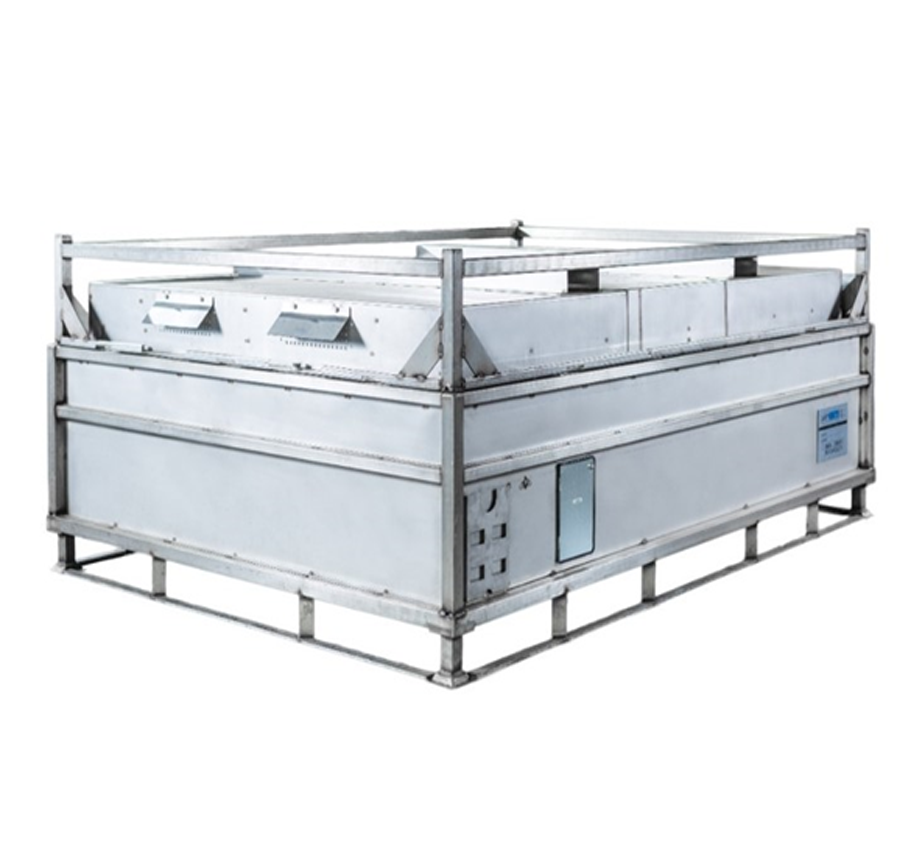Introduction
In the past few years, we’ve seen the lithium ion battery packaging market grow dramatically, sparking a lot of conversation. In today’s blog post, we will go through what makes lithium batteries stand out compared to other goods, why they are classified as Dangerous Goods (DG), discuss regulations and how certification works. Finally, we will also look into statuses and what determines choice of regulation.
Dangerous Goods
With the volatile nature of lithium batteries, the United Nations (UN) has declared them as dangerous goods, class 9. A dangerous situation can quickly occur if lithium batteries are not handled correctly, potentially becoming a threat to the safety of anyone in their vicinity. In 2006, a cargo plane was barely able to land in Philadelphia after an inflight fire had started. Many industry officials consider the lithium batteries onboard as probable origin of the fire, though this was not able to be confirmed in the accident report. Luckily, there was no fatal outcome. This is one of several similar incidents that have happened since shipping lithium batteries has become prominent.
Buy Now: SEMCO Lithium-Ion Battery Charge & Discharge Cabinet Tester – SI BCDS 99V – 20A – 1CH
Regulation
In order to prevent events like the one in Philadelphia, lithium batteries are heavily regulated, and the sender of the batteries is made responsible for safe shipments. The UN has recommendations concerning the transport of all type of DG. They are published in the: “Recommendations on the Transport of Dangerous Goods – Model Regulations”. The UN recommendations are addressed to governments and international organizations. Aside from this, the UN also published a separate manual, named: “Manual of Test and Criteria”, defining how to classify and test dangerous goods.
Legislation on transportation of Dangerous Goods is a national issue. To improve global trade many countries have adopted international agreements for different transport modes in their legislation. International Carriage of Dangerous Goods by Road (ADR) is an agreement between nations concerning international carriage of DG by road. Most countries that have joined this agreement are in or around Europe. International Maritime Organization (IMO) publish IMDG, which concerns sea shipments of DGs. Both of those have a very similar structure and wording like the UN Recommendations.

Certification
The strict UN regulations require packaging to be certified by a national competent authority. This competent authority differs per country. The certification process by the competent authority involves testing the packaging against specific test requirements applicable for the packaging type and to a level for the intended Packing Group. If a packaging passes the test, it receives a certification to be marked with the UN mark and its achieved Packing Group. The result is called a design-type.
The competent certification authority issues a UN approval mark for every packaging design-type that has passed testing. As long as the packaging is manufactured serially according to the specifications of the design-type and in accordance with requirements of the certifying authority, the packaging is certified and approved for shipments of dangerous goods compliant with the type of packaging, the Packing Group and the issued certificate.
Buy Now: Semco Lithium Ion Battery Cell Grading Machine – SI CT 5V – 6A – 512 CH (Linear)
Statuses
Batteries can be categorized into four different statuses. Depending on status, the batteries need to follow different regulations. A good rule is to use traffic light thinking when it comes to statuses.
GREEN – Series Batteries
Batteries fulfilling technical requirements (incl. UN 38.3) are allowed to be transported under normal regulations. The term “Series” does not exist in regulations but can be referred to as cells or batteries that conform to the basis of the regulations.
YELLOW – Prototypes
Defined as not yet tested according to UN 38.3 (must still fulfil other technical requirements). Can be transported for testing purposes. Tougher packaging requirements than Series.
YELLOW – Defective Batteries, Banned from Air Transport
Defined as being damaged or defective so they do not conform to the type tested according to UN 38.3. Special provisions and own Packing Instructions apply.
RED – Defective Critical Batteries, Banned from Air Transport
Defined as “liable to rapidly disassemble, dangerously react, produce aflame or a dangerous evolution of heat or a dangerous emission of toxic, corrosive or flammable gases or vapors under normal conditions of carriage”. In ADR or IMDG these require authority approval or fire load testing (not yet fully defined).
Buy Now: Semco Lithium Ion Battery Equalizer Manufacturer – Battery Balancer SI BB – 32S – 10A
What Determines Type of Regulation?
In order to design packaging and ship a lithium battery, you need to consider the following aspects:
- Mode of transport (Air, Sea, Rail, Road)
- Country of dispatch and destination
- Applicability of international transport regulation agreements
- Choice of proper shipping name
- Product fulfils technical requirements to use regulation
- Status and maturity of battery
- Cells or batteries and Energy capacity (Wh)
- Size and weight of battery
Conclusion
By combining these inputs, it is possible to determine what regulations, and what specific part of those regulations, will apply. Based on those requirements, a suitable packaging solution meeting all regulations can be determined. The packaging can be designed, tested and certified to the level required. We can conclude that there is a certain complexity and many potential risks involved when shipping lithium batteries. By selecting a knowledgeable and experienced lithium battery packaging partner with existing.
More Articles:
What will be the production process of Lithium Battery,
Lithium Battery Protection Board,
Application of Isolation testing Technology,
Action protector in electric vehicle charging system,
History of Lithium Battery Development,
Production problems of lithium batteries,
Formation Process of Lithium Battery,
Principles of Power Battery System Design,
Battery Pole Piece Coating Process,
Point Defects in Pole Piece Coating,

